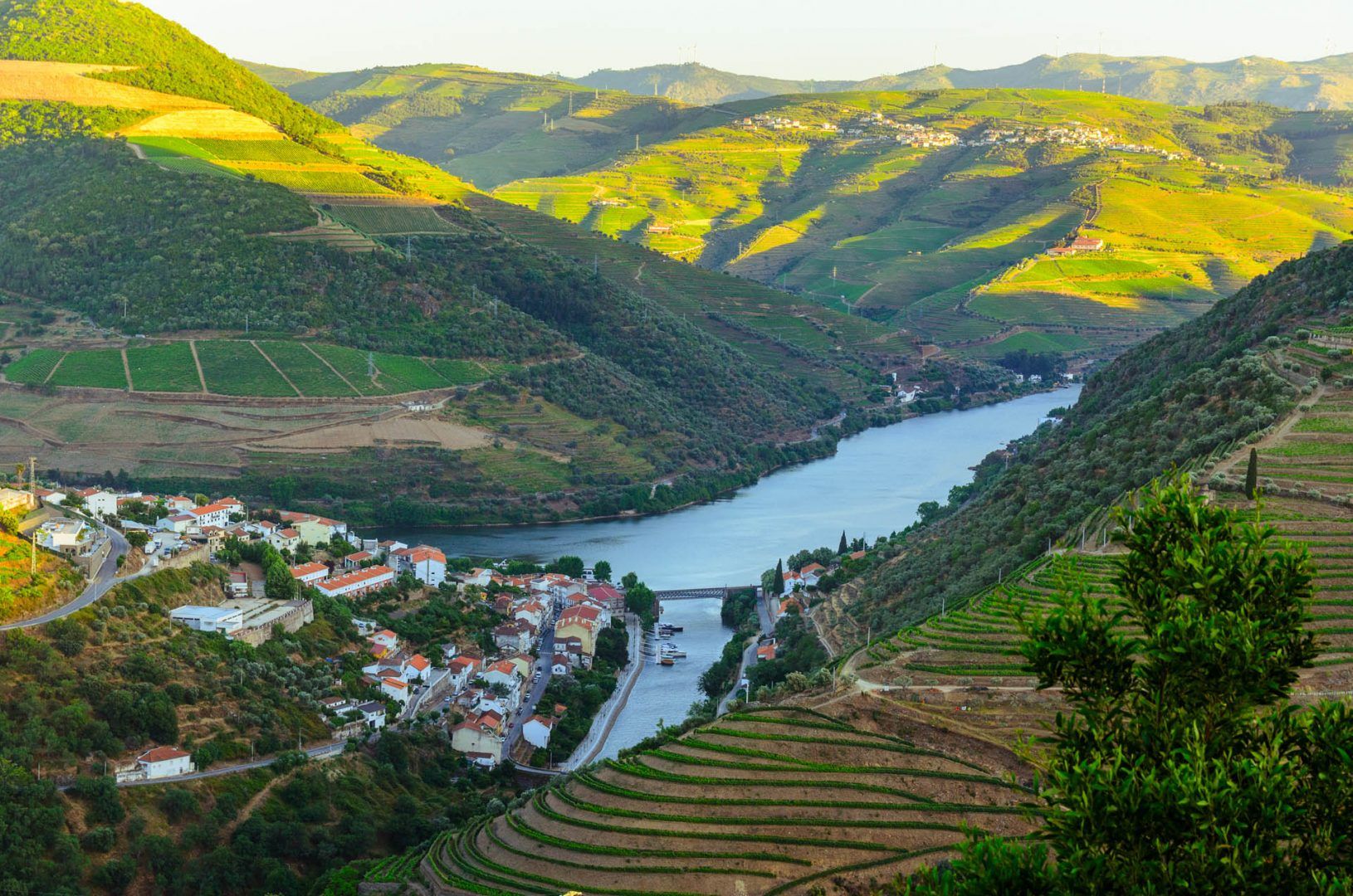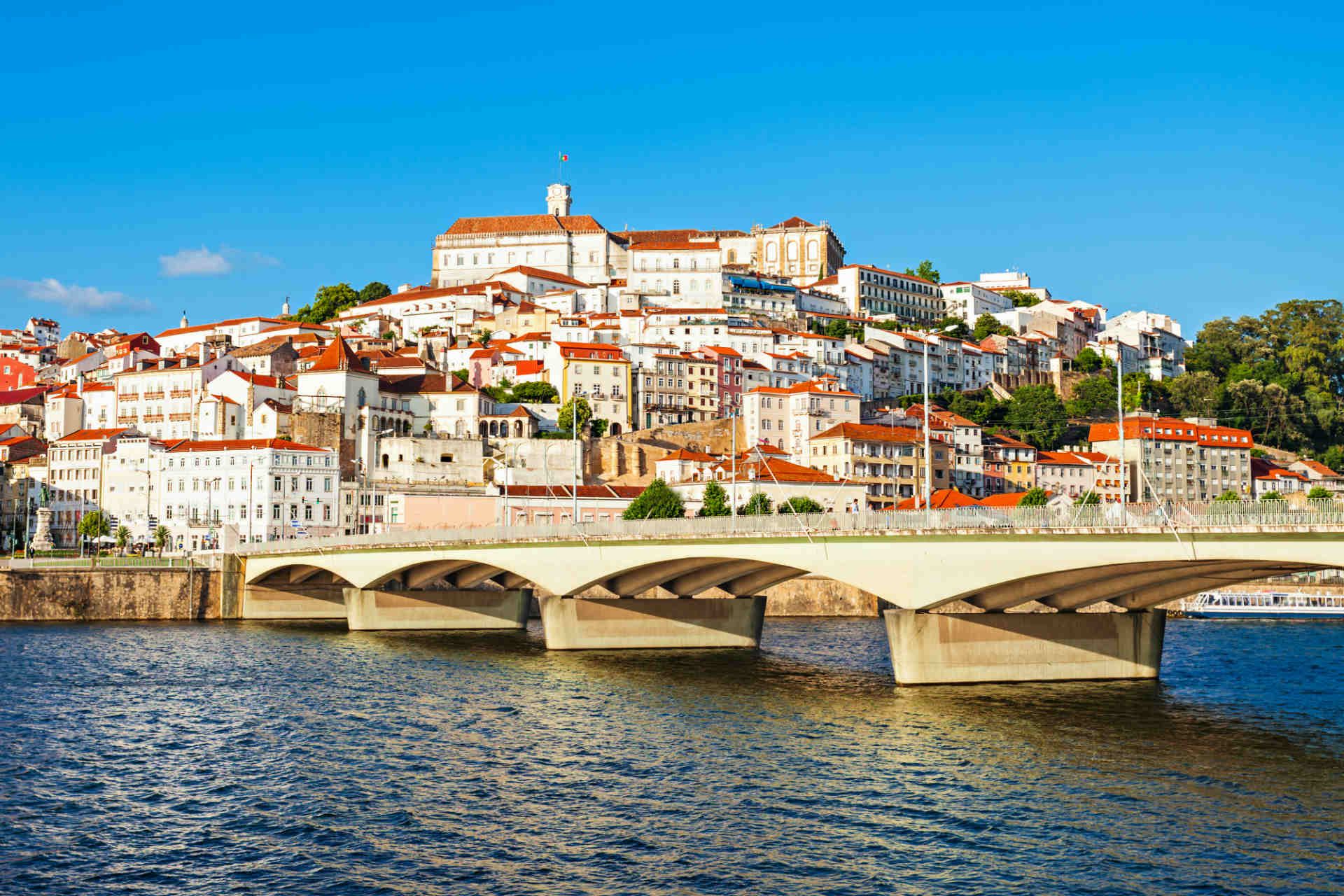7. Journey along the Rio Douro valley
An engineering marvel when it opened in 1887, the Linha do Douro (Douro Line) still thrills passengers today. In its heyday, it crossed the border to Spain (for a through service to Salamanca and Madrid) and sprouted some stunning valley branch lines, but even though the branch lines are no more, it’s still some ride – 160km of river-hugging track from Porto to Pocinho, via more than 20 tunnels, 30 bridges and 34 stations.
Peso da Régua (usually just Régua) was declared the first capital of the demarcated port-producing region in the eighteenth century. While it’s Pinhão, further east, that’s the more interesting place these days, Régua is still a popular stop – not least because it’s the hub of the Douro river-cruise trade, with the boats disgorging hundreds of passengers for lunch, train-trips and wine-lodge visits.
Although it’s not a particularly pretty place and is dominated by a motorway bridge, for most of the year there’s an agreeable hubbub along the waterside promenade, where ornamental barcos rabelos lie anchored on the river. What’s more, wine-trade patronage has resulted in some excellent local restaurants and enticing quinta accommodation in the vicinity.
Catch a boat or train from Peso da Régua up the Douro valley. It's one of Portugal's loveliest journeys. Or take a Douro Valley wine trip with experts.
This unforgettable tailor-made trip will take you to Portugal's finest wine-producing regions, including the Douro Valley. Sample the finest local labels, and explore the exciting and stunningly beautiful cities of Lisbon and Porto, complemented by guided tours of their historic old towns.
- Best for vineyard: Quinta Da Estrada Winery Douro Valley. Situated in Peso da Régua, 11 km from Natur Waterpark, Quinta Da Estrada Winery Douro Valley features accommodation with a seasonal outdoor swimming pool, free private parking, a garden and a terrace. Located around 14 km from Douro Museum, the guest house with free WiFi is also 26 km away from Our Lady of Remedies Sanctuary. The guest house has family rooms.
Find more accommodation options in Peso da Régua

























